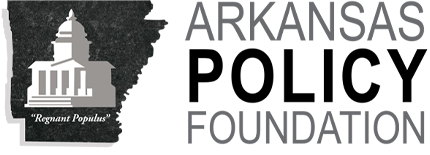(October 1, 2011) The Little Rock School District, the state’s largest, has half of the failing schools in the first state education report required by a 2003 law that requires a numerical grade for Arkansas K-12 public schools.
The Little Rock schools “in need of immediate improvement” are the district’s Accelerated Learning Program, the W.D. Hamilton Learning Academy and the Felder Learning Academy and Alternative Agencies.1
The schools are defined as ‘level 1’ in the report, compiled by Univ. of Arkansas-Fayetteville researchers. PA 35 of 2003 (2nd extraordinary session, pp. 20-22)2 created a “school rating system” starting with the 2009-10 school year. The law creates a public school choice option for students in schools that receive a level ‘1’ rating for two consecutive years.
Report: Ninety-Seven Percent of Schools Meet or Exceed Standards
Ninety-seven percent (97%) of Arkansas schools meet or exceed standards in the report, which does not present a standard distribution. The report identifies 261 “schools of excellence” (level 5), the highest designation; 506 “schools exceeding the standard” (level 4); and 246 “schools meeting standards” (level 3). The remaining 19 schools, classified as ‘level 2’ are “approaching the standards (alert).”
Seven schools in the Little Rock School District are identified as “schools of excellence” in the report. They are Forest Park Elementary, Fulbright Elementary, Jefferson Elementary, Pulaski Heights Elementary, Gibbs Magnet, Williams Magnet and Pulaski Heights Middle School.
1 Other schools “in need of immediate improvement” are Belle Point Alternative Center (Fort Smith), Arkansas School for the Deaf Elementary School and High School, and Springdale Alternative School (Springdale).
2 The Policy Foundation first proposed annual letter grades in 1998, and produced four annual reports (2004-05 thru 2007-08) that assigned letter grades to Arkansas districts based on standard and modified distributions.









